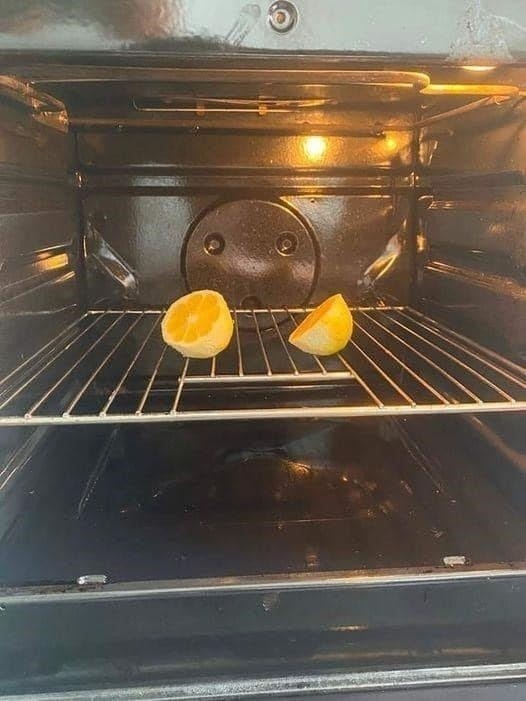A dirty oven may ruin the look and taste of food, making it an eyesore in the kitchen. Thankfully, there are efficient ways to remove this dirt and bring back the beauty of your oven. This post will go over 8 tried-and-true methods for degreasing your oven and making it appear like new. Bid adieu to obstinate oil and welcome to a shining oven.
Section 1: It’s Important to Prepare It is important to prepare before starting any cleaning. To make cleaning easier later, start by taking out the oven racks and any loose dirt and soaking them in warm, soapy water.
Section 2: Natural Cleaning Agent Making your own cleaning solution is not only economical but also environmentally beneficial. To make a paste, mix equal parts water and baking soda. Avoid touching the heated components when applying this paste inside your oven. Let it remain overnight to disintegrate the oil and dirt.
Section 3: Utilizing Vinegar’s Power An excellent natural degreaser for ovens is vinegar. Apply white vinegar spray inside the oven once the baking soda paste has set. Grease may be removed thanks to the chemical interaction that occurs between vinegar and baking soda.
Section 4: Scrubbing Techniques This is when the elbow grease comes in. To carefully clean away any loose dirt, use an old toothbrush or scrubbing pad. Be tenacious yet cautious so as not to mar the oven’s surfaces.
Section 5: Vacuuming using Steam It’s time to utilize your steam cleaner if you possess one. Steam sanitizes in addition to loosening dirt. Focusing on obstinate areas, move the steam cleaner along the interior of the oven.
Section 6: Clean and Tumble After you’re satisfied with how clean your oven is, give the interior a good rinse with warm water. Make sure all cleaning products are gone by wiping any residue with a fresh towel.
Section 7: Test and Reassemble Reassemble the racks and any other previously removed parts after your oven has completely dried. To make sure there are no leftover smells from the cleaning procedure, test your oven at a low temperature.
Section 8: Continual Upkeep Establish the practice of quickly cleaning up spills and splatters as soon as they happen to avoid future grease accumulation. Frequent upkeep will save you from having to handle difficult stains later.
FAQs: Q1: Are commercial oven cleansers safe to use? A1: Commercial cleansers are typically made with harsh chemicals, even though they can be effective. Natural remedies are kinder to the environment and your oven.
Q2: How frequently should my oven be cleaned? A2: Preferably, a comprehensive cleaning needs to be carried out every three to six months. However, significant accumulation may be avoided with frequent maintenance.
Q3: Is it possible to utilize my oven’s self-cleaning feature? A3: Although the self-cleaning feature might be useful, it produces a lot of heat and unpleasant smells. If you go with this route, you must have enough ventilation in the kitchen.
Q4: How do I handle stains that won’t go away? A4: As a last option, use a specialist oven cleaning or try the baking soda and vinegar method again for stubborn stains.
Q5: Is it possible to clean oven racks in the dishwasher? A5: Oven racks might fade or sustain damage in the dishwasher, but it’s conceivable. It’s safer to wash your hands with warm, soapy water.
Q6: Is it okay to line the bottom of the oven with aluminum foil? A6: While using aluminum foil to catch spills might be useful, keep it away from heat sources to reduce the risk of a fire.
These eight useful suggestions can help you turn your filthy oven into a spotless machine. Maintain your oven regularly and carefully follow these instructions to maintain it in optimal shape for your gastronomic explorations.
